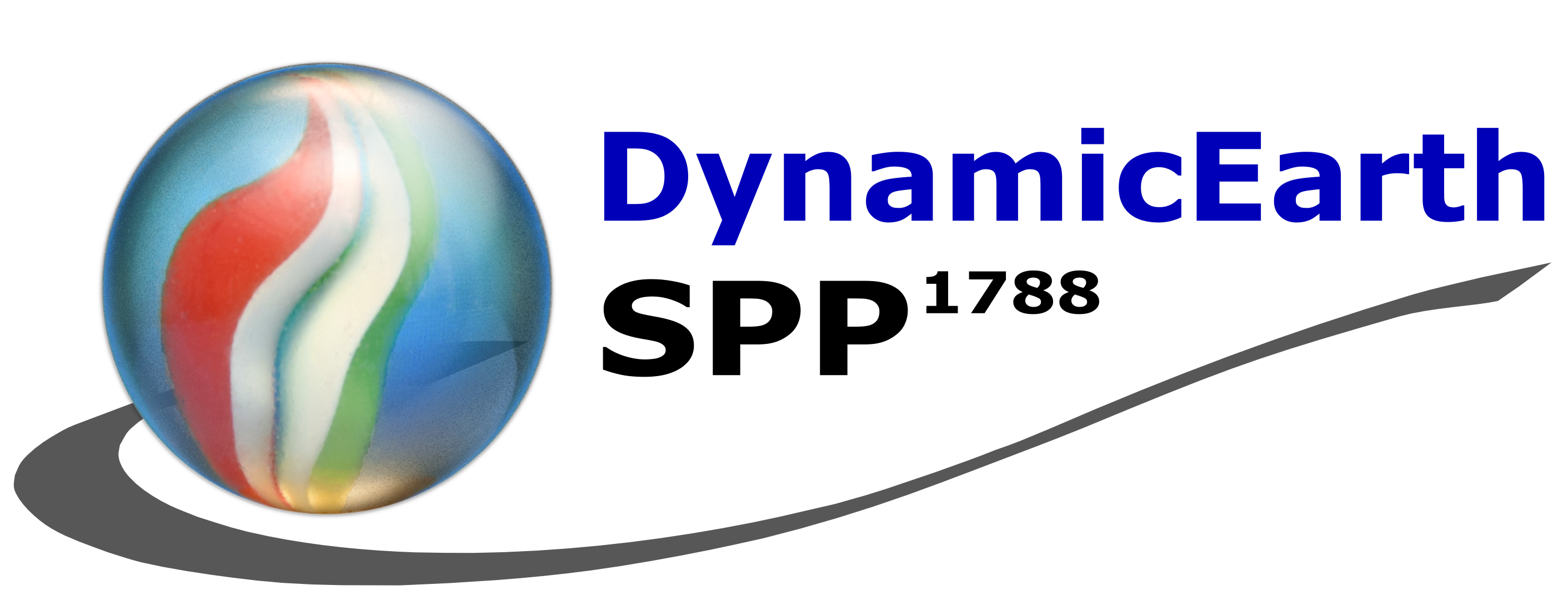Besides global temperature, sea level is an essential indicator which reflects the state of the Earth’s climate and its change. Sea level rise has multiple impacts with direct societal consequences. In this light, we plead for a data-constrained separation of the different drivers for sea level change that is crucial for supporting both science and political decision making. We will concentrate on ocean mass variations which are directly linked to ocean bottom pressure. Spatial variations of ocean bottom pressure, as induced by wind and baroclinic processes, take place over months to years. However, their behaviour is not entirely understood up to now. Many deep ocean processes can only be explained when, besides the sea surface height changes from radar altimetry and volumetric changes from temperature and salinity variations (e.g. from Argo floats in the upper ocean), ocean bottom pressure is also taken into account. In that light, the uptake of heat by the deep ocean, slowing down the Earth‘s surface warming according to numerous studies, can only be properly explained when all of the above processes are accounted for in a consistent manner. The spaceborne Gravity Recovery and Climate Experiment (GRACE) has provided unprecedented estimates of the mass fluctuations of the ocean, but is about to be decommissioned and suffers from degraded measurements due to aging batteries. Building upon the achievements of the previous funding period, CONTIM-2 will provide time series of consistent ocean mass variations which extend outside the GRACE-era and allow a transition to the upcoming GRACE-FO mission. This is achieved by combining expertise in orbit determination of Low Earth Orbiters (LEO‘s) such as SWARM the computation of time variable gravity, joint inversion techniques of multiple datasets, and physical modelling of the ocean. The precise orbit determination of the LEO‘s, with the use of GNSS receivers on SWARM, under heavily fluctuating ionospheric situations, will play an important role in this project. We anticipate that CONTIM-2 will significantly contribute to our understanding of ocean variability, sea level change and the heat uptake of the ocean.
